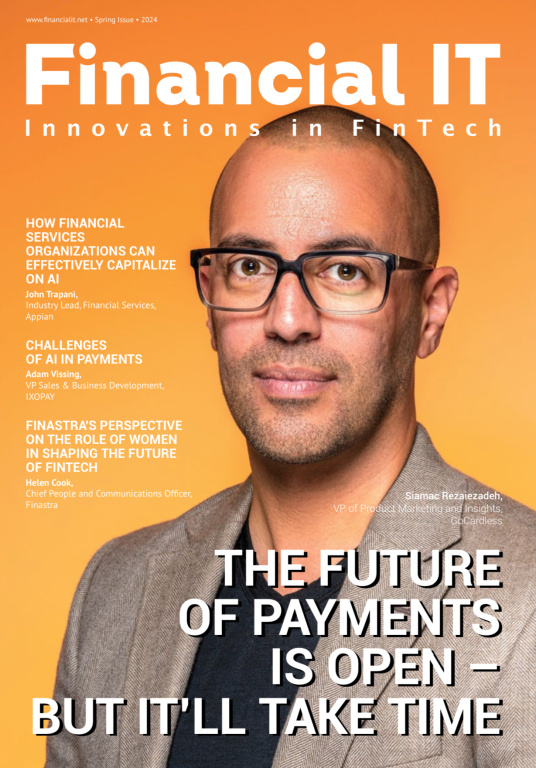Apple Pay: Is the Revolution in Progress?

- Marcus Rothaar , Senior Research Analyst at Raddon Financial Group
- 09:00 am mobile payments
You'd be hard pressed to find a product launch that generated as much buzz and excitement in the financial services industry as the announcement of Apple Pay™ last September. Heralded at the time by Apple® CEO Tim Cook as the service that would replace the "fairly antiquated payment process" and "forever change the way all of us buy things," Apple set out to revolutionize the payments experience.
Lofty goals, but not easy to dismiss when they're coming from a company with a pretty good track record of introducing us to products and services we didn't know we needed – and now can't seem to live without. Just a few months removed from Apple Pay's October 20, 2014 launch, how is the revolution going?
The initial findings from Raddon Financial Group's most recent consumer research surveys suggest Apple Pay has had at least some influence on mobile payment adoption. Overall, 7 percent of consumers in the U.S. conducted an in-store mobile payment – up from 4 percent a year ago. Not surprisingly, millennials lead the way, with 15 percent using mobile payments at the point of sale.
Perhaps most telling are the shifts that have occurred in two areas. First, in-store mobile purchases are being made at locations beyond Starbucks and Dunkin' Donuts. Of the 4 percent of consumers who made in-store mobile payments in March 2014, 74 percent purchased coffee, tea or snacks. This may be attributed to the success of coffee retailers tying rewards programs to their mobile apps, allowing customers to preload funds to the app and then make their purchase by waving a QR code at the cash register – all while earning points toward that next free cup of joe. This may prove the way to a person's heart – and mobile wallet – is to offer free perks and reward incentives.
One year later, in-store mobile payments have nearly doubled to 7 percent of consumers. Of consumers who are making in-store mobile payments, purchases have expanded beyond coffee to include a bigger share of payments made in supermarkets, department stores and convenience stores. Clearly fewer consumers are not using the Starbucks app, but rather as the universe of mobile payers has grown, they are spreading their mobile payment wings to other merchants.
The second area where the influence of Apple Pay can be seen is in mobile purchase activity by smartphone type. Of the 59 percent of U.S. consumers with a smartphone, 10 percent have an iPhone 6. Nearly a third of iPhone 6 owners made a mobile in-store purchase. Contrast this with those who have earlier versions of the iPhone without Apple Pay capabilities, where only 10 percent have made a mobile in-store purchase.
This data suggests Apple Pay has started to move the needle on both customer awareness and usage of mobile payments, but it also raises several additional questions:
- Will consumers continue to use Apple Pay and other mobile payment options once the novelty wears off?
- For those who have made an in-store purchase with their phone, was the experience better than other payment options?
- What is their incentive to replace their previous way of paying for things? Was it faster, easier and more secure than swiping a credit or debit card?
- Are they swayed by the notion of tokenization and the idea that a merchant would never have their card information to put them at risk of a data breach?
- In short, will they use Apple Pay again?
Card issuers offering integration with Apple Pay must remember that although 30 percent of iPhone 6 users are using mobile payments, this figure represents less than 2 percent of the total U.S. population. A financial institution's decision to offer mobile wallet applications goes beyond hard numbers, however. Financial institutions that aren't perceived as being on the forefront of technology can risk becoming irrelevant in the eyes of consumers, particularly the all-important millennials.
The success of Apple Pay and mobile payments will ultimately be decided by consumers. Apple may want a payments revolution, but currently it can be more accurately termed an evolution.


























